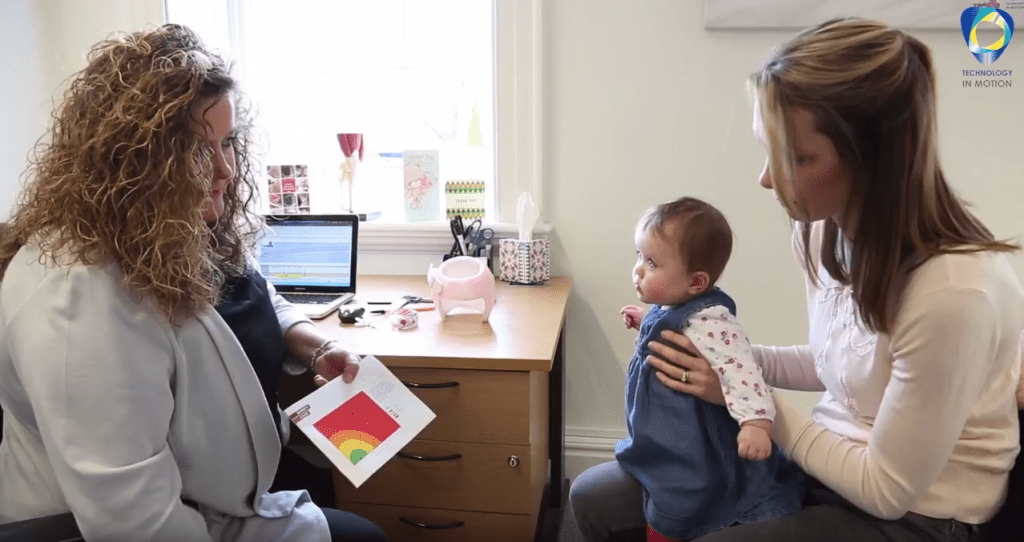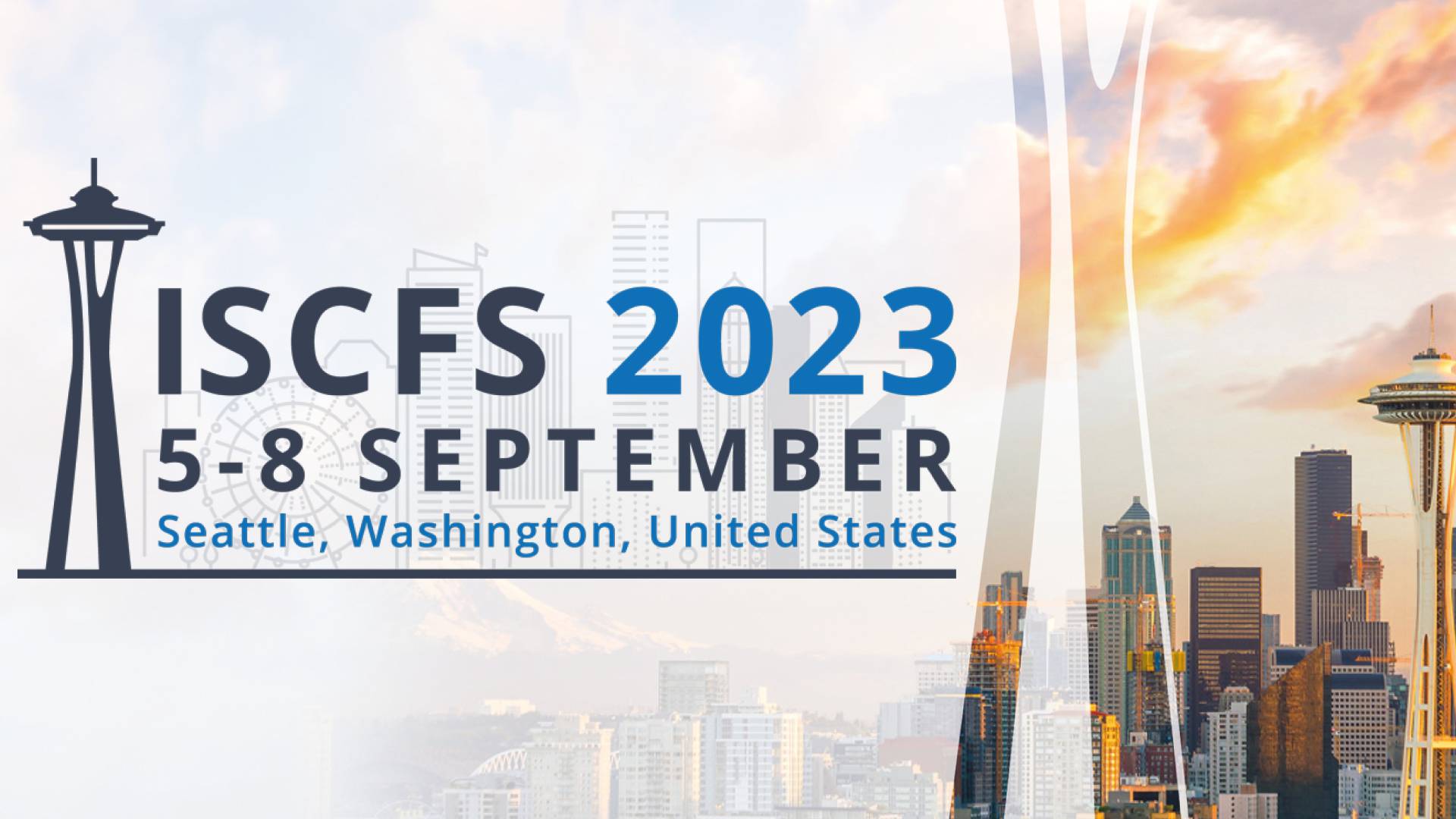
Top UK Plagiocephaly Expert Says BMJ Plagiocephaly study is Misleading
A recent report on plagiocephaly treatment has come under fire from leading clinicians, both here in the UK and around the world. The study, published in the British Medical Journal last week, compared infants with moderate head shape deformities in treated and non-treated groups, concluding that there is little difference in result between the two groups. However, the BMJ plagiocephaly study was inherently flawed and experts warn that it gives an extremely biased view of what is widely regarded as a safe and highly effective form of treatment.
Problems with the report include:
- Unsound selection protocols
- Flawed treatment regimes
- High drop-out rate for the treated group (66% to 73% which continued to be reported as a treated group)
- Selective reporting of data
- Combining of data regarding different head shapes
- Averaging of the data, which masks the individual improvement that infants may have achieved
A subjective and generous definition of severity was developed internally by the study group. This does not take into account the statistical range of head shape deformity in the population.
Furthermore, the treatment regimes that the group offered were not described or critiqued. It is clear that infants had been provided with poorly fitting and uncomfortable helmets that rotated and rubbed, subjecting them to unnecessary pain and discomfort. This would have had a significant effect on parental compliance and the final outcomes of the treatment.
Steve Mottram, Managing Director and Consultant Orthotist at Technology in Motion, says:
The way that the data has been presented mixes all head shape deformities and therefore minimises the specific effect for each type. It’s like reporting on 10 children who had broken arms and 10 who had broken legs. Combining the data ‘proves’ that only 50% of children with fractures recovered from a broken arm. The way that the data has been presented makes it meaningless and in this case, huge and misleading assumptions have been drawn from the results.
The BMJ plagiocephaly study does not reflect the results achieved by the TiMbandAir, which gives excellent correction in over 95% of cases. We advise and educate on repositioning and only 70% of the infants that we see require TiMbandAir treatment. We at Technology in Motion are proud of our results and the professional care and attention that we give to our patients.
We have been working for over ten years in this field and our ongoing mission is to educate and advise professionals and parents, and to treat infants who have head shape deformities with a view to reducing the severity and incidence of these distressing conditions.
We would like to reassure the parents who seek advice and treatment from us that all infants are assessed and treated as individuals. Each one achieves excellent results with minimal problems and no pain or discomfort similar to that which was identified by the report. The reported issues do not correspond with our experience or those of the parents and infants that we treat.
If you would like to enquire about treatment or have any unanswered questions regarding the recent BMJ plagiocephaly study, call our expert team on 0330 100 1800.


